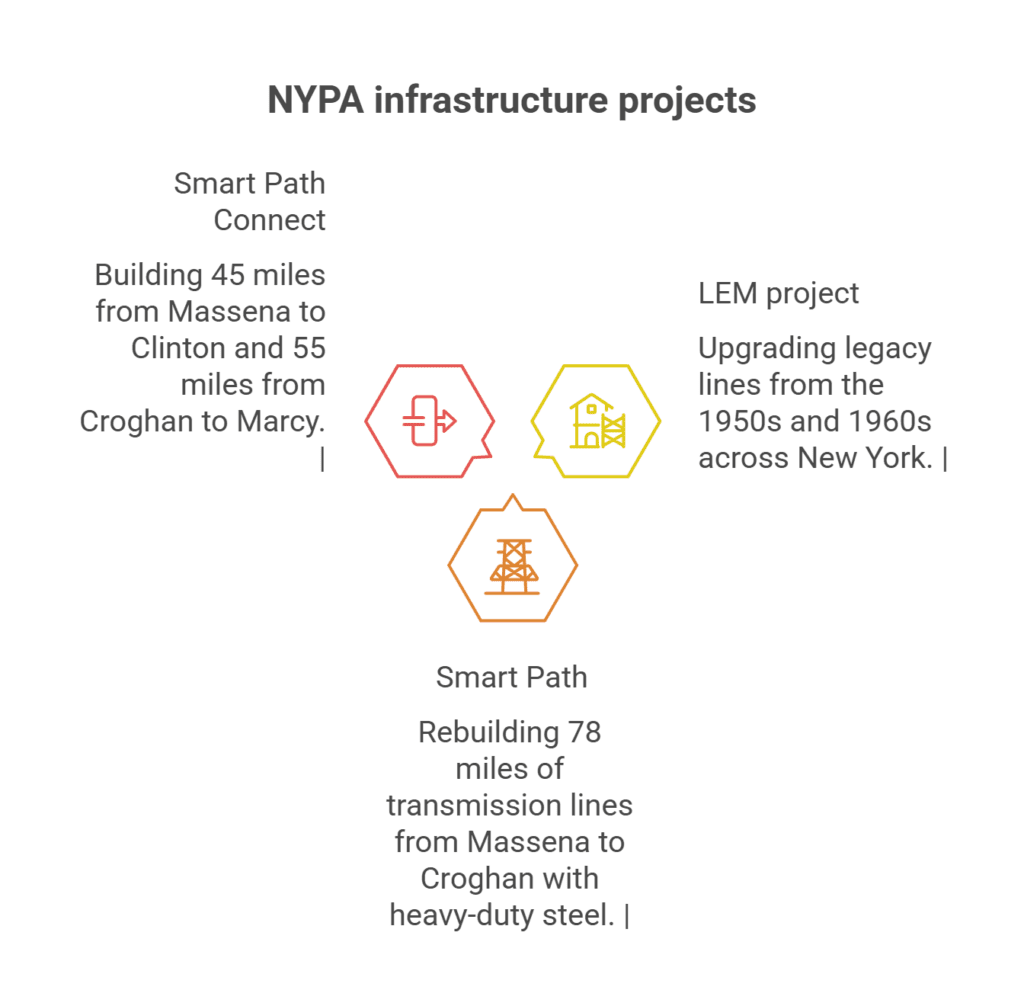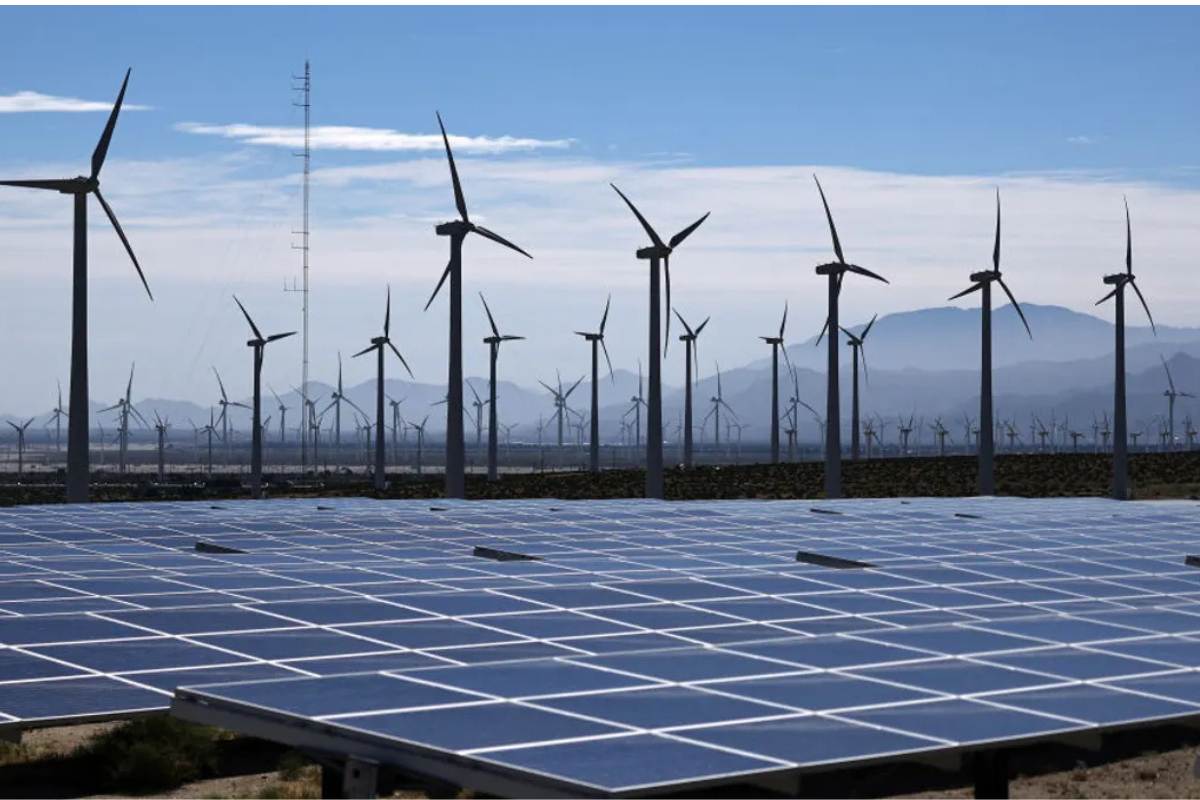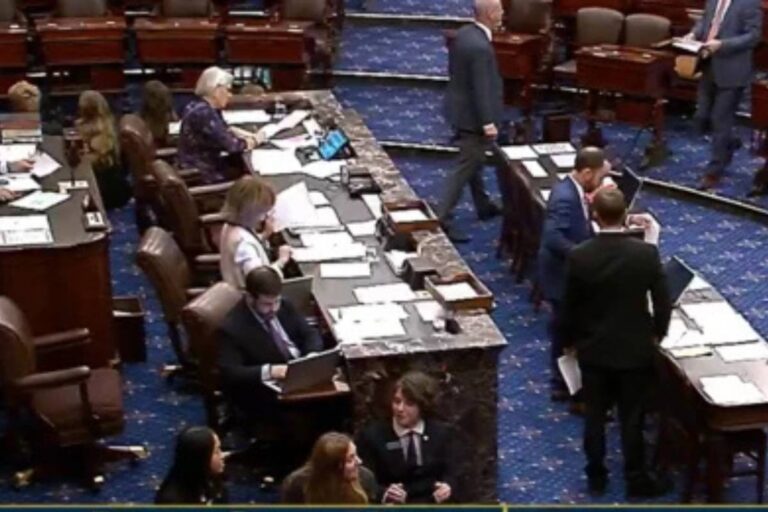Inside the Most Sweeping Transformation Yet of New York’s Public Power
If you live in New Yorkheck, if you care about clean power, economic growth, or just keeping your lights, you’re going to want to hear this: The New York Power Authority (NYPA), already the largest state-run public power utility in the U.S., is rewriting the rules of how public energy works. Its latest draft strategic plan just dropped, and the numbers alone are stunning: nearly 7 gigawatts (GW) of clean energy capacity, more than double what was planned just half a year ago. But wait, for there’s more. NYPA’s ambitions now stretch from disruptive renewables and batteries to a genuinely new era of nuclear power and massive transmission overhauls, all racing to keep up with New York’s mounting demands and fierce climate goals.
How did we get here? Where is all this headed? And what does it mean for seven million homes and the grid that powers the Empire State?
Let’s break it down. Piece by piece. (Because, honestly, the scale and the stakes are wild.)
NYPA at a Glance: From Hydropower Titan to Climate Vanguard
Take a step back. For nearly 100 years, NYPA’s been the silent giant behind New York’s energy mix. Mostly hydroelectric Niagara and St. Lawrence. No tax dollars. No profit motive. Just affordable electricity pouring out of 17 generating facilities and criss-crossing over 1,550 circuit miles of transmission across the state. For decades, all steady incremental change.
Then came waves of state climate mandates. By law, New York must get 70% of its power from renewables by 2030and hit zero emissions by 2040. NYPA suddenly found itself at the center of an energy revolution. Funny thing is, revolutions come with growing pains… and huge opportunities.
The 7GW Sprint: Inside the New Renewables Plan
Let’s get into the heart of the latest news: NYPA’s draft Updated Strategic Plan, released in late July 2025, is an absolute game-changer.
- Adds 20 New Renewable Projects: That’s on top of the existing pipeline. Seventeen are solar installations. The other three? Utility-grade wind.
- Massive Battery Storage Buildout: 156 additional storage projects are planned. Why? It’s not enough just to generate green powerbatteries made it usable around the clock.
Put it all together, and the total rises to nearly 7GW of clean energy capacityenough, NYPA says, to supply about seven million homes. For context, New York City has just over 8 million people. You get the idea.
The CEO, Justin Driscoll, didn’t mince words: despite federal uncertainties, NYPA is laser-focused on building “a diverse portfolio of emission-free power generation,” doubling down even as Washington dithers.
Where Are These Projects Going?
- Solar projects, big and small, from upstate farmland to industrial rooftops in the city.
- Wind projects, located up north and down the coast, leverage some of the strongest wind corridors in the region.
- Energy storagewell, everywhere. In urban neighborhoods, rural substations, and old industrial sites. Places where grid support is most needed.
But here’s the kicker: this plan is twice as ambitious as what NYPA green-lighted back in January. That’s how quickly the landscape is shifting. And each new project will go through public review because, honestly, transparency and community input now matter more than ever.
Powering Up Energy Storage at Massive Scale
Let’s talk about those batteries. Why do they matter so much? Because sun and wind are famously fickle. Generating clean power is one challenge; storing it for when people actually need it is another.
NYPA’s draft plan includesno exaggeration156 new energy storage projects totaling over 3.8GW of capacity tied just to this phase.
- That means batteries big enough to stabilize the gridabsorbing excess power when generation soars and dispatching it as needed.
- It’s not all lithium-ion. NYPA is also looking at advanced chemistries, flow batteries, and hybrid storage systems.
In the past, energy storage was an afterthought. Now? Storage is at the heart of New York’s grid reliability strategy.
Not Just Solar and Wind: The New Nuclear Power Push
Here’s something you don’t see every day: New York state, led by Governor Kathy Hochul, just handed NYPA a surprise new missionbuild the first advanced, zero-emission nuclear plant in a generation. No, really.
- The goal: Develop at least one new nuclear energy facility with a minimum of 1GW capacity, upstate. This could happen solo or in partnership with private firms.
- Why nuclear? Because economic electrification, aging fossil retirements, and new industries are all pushing demand through the roofand New York’s grid needs a baseline of always-on, zero-carbon power.
Believe it or not, NYPA is starting immediate assessments: Which technologies fit? Which communities would host a new plant? Which business models work? Who pays for what? All options (and headaches) are open.
Public safety, labor force, connection to the grid, and local buy-in factor will decide where, how, and when this nuclear plant gets built. The master plan’s still in development, but, if I’m honest, it’s clear New York wants this not only for itselfcollaboration with other states (and Ontario, Canada) is already in the mix.
Next-Level Grids: Smart Path and Transmission Upgrades

You can’t just build new wind and solar farms and hope for the best. Without transmission upgrades, plumbing that moves electricity, if it works.
Here’s where NYPA’s grid overhaul enters the story:
- The $726 million “Life Extension and Modernization” (LEM) project, dating back to 2013, is almost wrapped up. Its goal: Upgrading legacy lines from the 1950s and 1960s all across northern and central New York.
- Smart Path: Recently, NYPA completed the Smart Path clean energy project, rebuilding 78 miles of transmission lines (the backbone from Massena to Croghan). Old wood poles? Out. Heavy-duty steel? In.
- Benefit: These new lines handle up to 345kV (for the grid geeks listening), instantly boosting capacity for renewables and fortifying the grid against severe weather.
- Benefit: These new lines handle up to 345kV (for the grid geeks listening), instantly boosting capacity for renewables and fortifying the grid against severe weather.
- Smart Path Connect: Two major new segments45 miles from Massena to Clinton, and 55 miles from Croghan to Marcyare now under construction. When done, they’ll bridge northern and eastern New York, creating one seamless, high-capacity power corridor.
- All of this unlocks renewable integration, grid resilience, and, ideally, lowers costs for consumers.
But it’s not cheap. Construction costs have soared due to tariffs, the global supply chain, inflation, you name forcing NYPA to request tens of millions more just to finish the job. That’s the reality in today’s infrastructure world.
Economic Development: Jobs, Capital, and Community Stakes
It’s not just electrons that NYPA is moving. Economic impact is front and center:
- The Board just approved nearly $395 million in new private investment linked to its economic development awards.
- ReCharge NY’s signature program handed out 2,300kW of low-cost power to companies from Madison County (think Briggs & Stratton) to Long Island (Supreme Screw Products).
- These grants fuel over 616 jobs, including 579 new or supported positions, and spur close to $35 million in capital spending.
- And there are targeted Western New York support power subsidies, and grants for places like the Aquarium of Niagara and battery manufacturer Natrion.
Bottom line: NYPA is accelerating the shift to green power without forgetting economic equity,y dollar triggers real jobs and investments, not just in tech hubs, but in every corner of the state.
The Fossil Fuel Phase-Out (And the Hard Questions Left)
New York’s climate law demands a phased shutdown of fossil fuel plants, especially the infamous “peaker plants” that dot cityscapes and long highways.
NYPA’s plan? It’s aiming to close as many of its small natural gas plants as possible by 2030. That’s complicated:
- The grid still needs reliabilityespecially in New York City, where population and energy use are climbing.
- For some plants, early shutdown could worsen air quality in vulnerable neighborhoods if it means other, dirtier facilities ramp up.
So, NYPA is now conducting deeper studiesmodeling air quality, system reliability, and community impacts before deciding which plants make the early retirement list. On this front, the transition is both a numbers game… and a moral one.
What Comes Next: Public, Private, and Public Comment
Here’s the thing: NYPA’s mega-expansion is not happening in a vacuum.
- Every new tranche of projectsfrom solar farms to grid-scale batteries to nuclear siteswill get posted for public comment and formal hearings.
- The current draft plan unveiled in late July will stay open for public scrutiny until mid-September, with a round of virtual public hearings scheduled for August.
- Each new project must pass rigorous feasibility studies, siting assessments, and economic impact reviews.
- Updates will roll out annually, keeping the public informed on progress, pitfalls, and new proposals.
It’s the closest thing to open-source energy policy you’ll findanyone with a stake can weigh in.
Quick Facts & Figures: NYPA’s Momentum at a Glance
- 7GW: Total clean energy capacity targeted for 7 million homes.
- 20 new renewables projects: Mostly solar, plus three wind developments in this latest phase.
- 156 battery storage projects: Over 3.8GW storage capacity in development.
- $395 million: Expected direct private investment from economic development actions this year.
- 616 jobs: Created or supported by ReCharge NY and related grants.
- Transmission upgrades: Nearly 200 miles of new or rebuilt high-voltage lines, including Smart Path and Smart Path Connect.
- Nuclear reboot: New GW-scale plant now under formal study.
- Fossil fuel exit: Targeting closure of small gas plants by 2030pending grid and public-health impacts.
The Big Picture and Why It Matters
Step back for a moment. NYPA’s overhaul isn’t just good PR. It’s a rapid, risky, and deeply consequential campaign to shape the future of New York’s power cleaner, more reliable, more affordable, and a model for public utilities nationwide. Every piecefrom massive solar arrays to climate-friendly jobs to the first new nuclear plant in decadeswill test what a state-run public power provider can really deliver in a new era.
Heads up: The playbook is still being written. And everyonelawmakers, workers, communities, customers get a say.
Stay tuned. However, this shakes out, it might just set the stage for America’s next energy chapter.






















